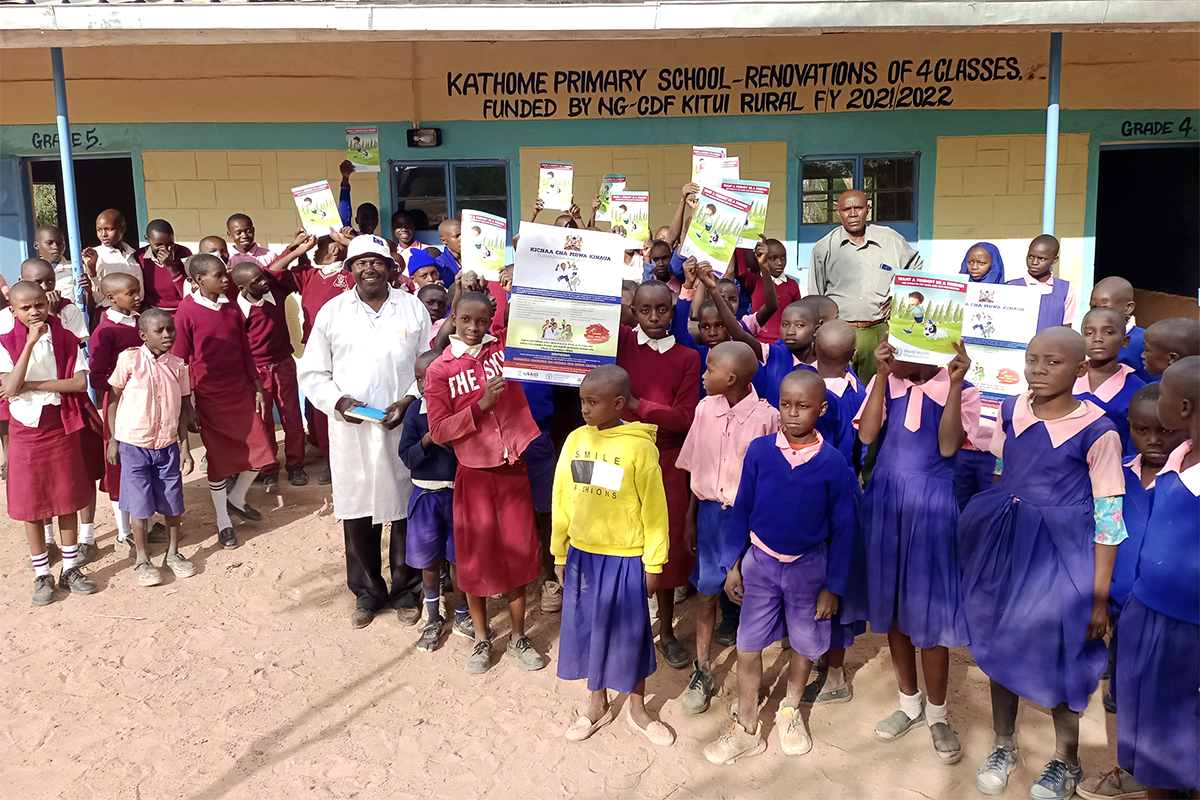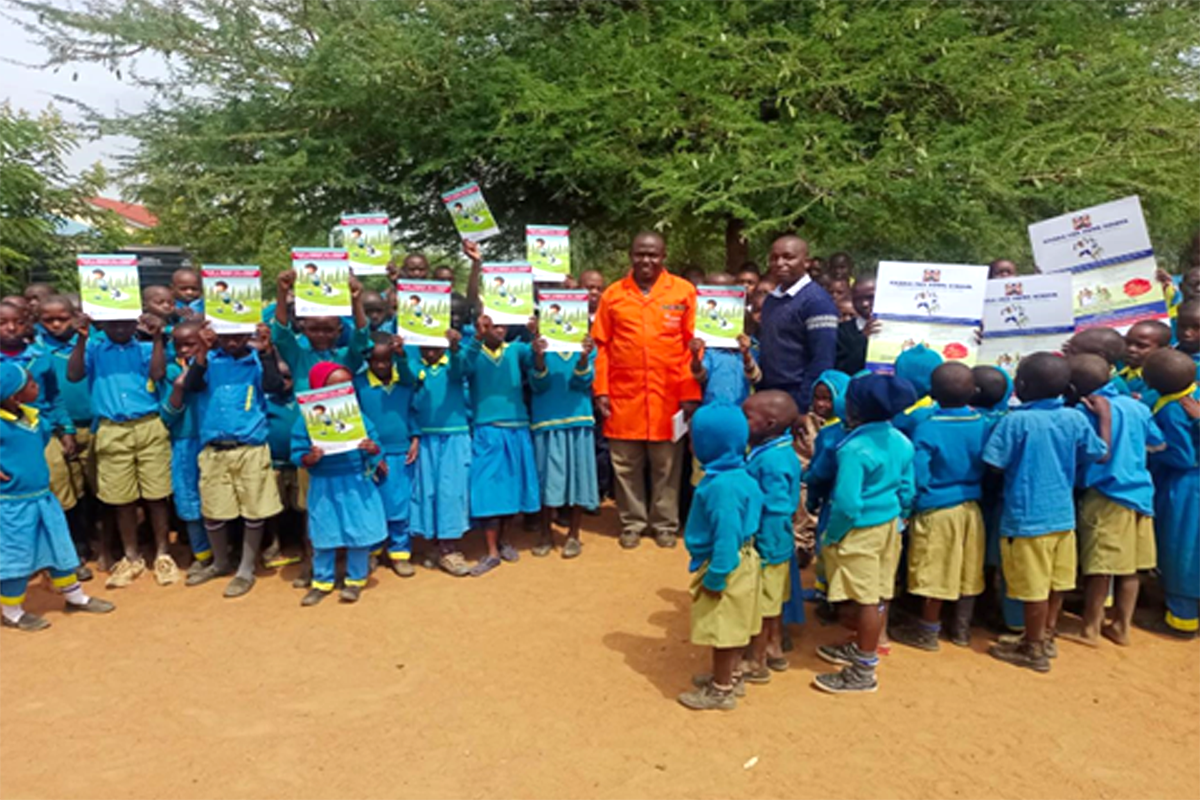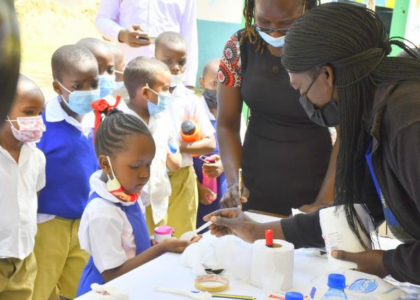Rabies, a deadly zoonotic disease, has a long history in Kenya, dating back to its first detection in 1912. Over the years, the country has recognized the urgent need to tackle the disease, placing it among the top five priority zoonoses. In response, a comprehensive Strategic plan for the elimination of dog-mediated human rabies in Kenya 2014–2030 was published in September 2014,1 with Kitui County, a region in the eastern part of the country, at the forefront of its implementation.
The strategy’s success hinges on three core pillars for transforming One Health into action: sustained mass dog vaccinations; provision of post-exposure prophylaxis for exposed individuals; and extensive public education and awareness campaigns on rabies prevention and control. This effort aims to address the alarming numbers of human rabies cases emanating from dog bites in the region and in Kitui, situated alongside Makueni and Machakos counties, which was selected as a focal pilot area due to its high prevalence of rabies cases.
Empowering children through education
School-aged children have been identified as the most vulnerable to contracting rabies. In Kitui County, children aged under 15 years account for almost half of animal bites, primarily inflicted by dogs they own themselves. Recognizing this, a concerted effort was made to educate children about the disease, its transmission, and preventive measures.

The National One Health Platform, the Zoonotic Disease Unit, provided 500 books titled “Want a Friend? Be a Friend!” and “Friends Don’t Bite!” that were distributed to five primary schools in Kitui County. These materials were donated to Kenya by the World Health Organization and served as valuable resources to reinforce the message of responsible dog ownership and rabies prevention.
To amplify awareness, the Kitui One Health team, in collaboration with local partners, engaged with the primary schools on rabies, reaching a total of 1308 pupils and 38 teachers, fostering a sense of responsibility among the younger generation.
Veterinary and public health officials interacted with students to explain the facts of rabies, its transmission, clinical signs, dog control, and response to dog bites. This targeted approach effectively reached both teachers and pupils, reinforcing the importance of rabies prevention.

The implementation of the rabies education project has yielded significant positive outcomes:
- enhanced coordination among stakeholders; and
- increased awareness among school-going children and teachers.
Upscaling efforts and increasing sustainability are key
The case of Kitui County is testament to the power of public health education in addressing a pressing public health issue. Efforts are now being made to mainstream rabies education in school health programmes across the country. By engaging children, educators, health-care workers, and the community at large, efforts to eliminate rabies have made remarkable strides, holding the promise of a rabies-free Kenya by 2030.





